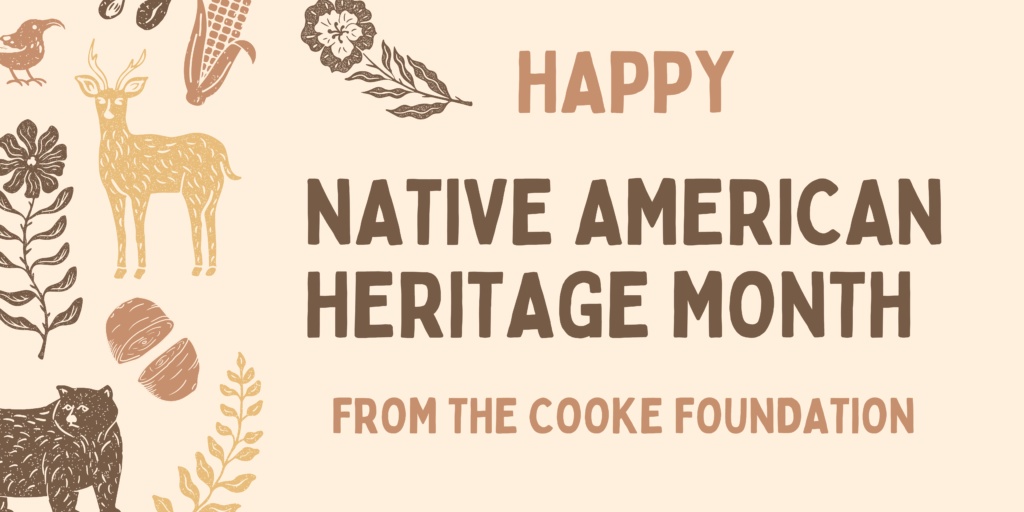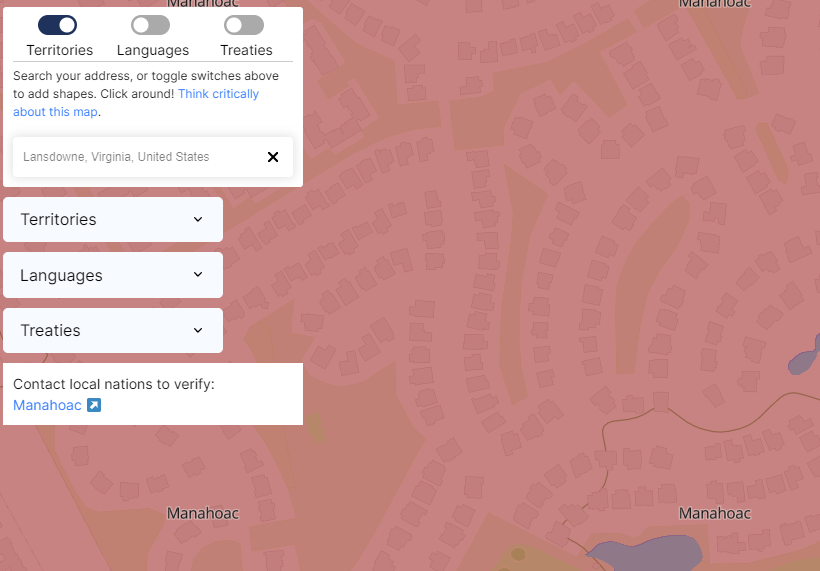Native American Heritage Month: A Note on Land Acknowledgements

November is Native American Heritage Month, where we celebrate the accomplishments and culture of the United States’ Indigenous peoples. In 1986, President Reagan declared the last week of November as “American Indian Week,” and the celebration has since evolved into a month-long dedication to learning about the richness of Native American history each year.
As the original stewards of the United States’ land, Native Americans likely originally inhabited the land you currently reside, learn, and work on, before European colonization violently forced them out of their territories beginning in the 15th century. To honor the millions who have been killed or harmed, acknowledge our nation’s bleak history of displacement and racism, as well as celebrate the Indigenous people in your community, consider acknowledging the land you occupy and its original inhabitants.
What is a Land Acknowledgement?
A land acknowledgement is a formal statement, often given during an event or gathering, that recognizes the Indigenous people who historically occupied a piece of land and pays respect to its original stewards.
At the Cooke Foundation, we give land acknowledgements during our conferences, and sometimes during smaller Staff meetings and trainings. At the personal level, land acknowledgements can be helpful in understanding the history behind your community.
How Do I Write a Land Acknowledgement?
If you would like to write a formal land acknowledgement, or do some background research for yourself, the Native Land Digital tool is helpful for determining who inhabited your land originally. For example, the Cooke Foundation’s business office is located in Lansdowne, Virginia, within Loudoun County, on land previously occupied by the Manahoac people.

After researching the original stewards of the land you would like to acknowledge, you can look into its history and understand its past and present. For example, the Monacan Indian Nation website curates a history of the confederation of the Monacan and Mannahoac (sometimes spelled Manahoac) tribes, as they were the First Americans whose ancestors inhabited the land the Cooke Foundation’s office is located on for thousands of years before the English colonists arrived in the early 1600s.
There are many credible online resources that can help you draft your land acknowledgement, like this guide to Indigenous land acknowledgement page and statement from Native Governance Center. See the bottom of this page for more resources.
In 2021, this is the land acknowledgement language that the Cooke Foundation uses:
“Our Cooke Foundation office is located on the ancestral lands of the Manahoac People, and, on behalf of the Staff and Board, I want to pay respect to Manahoac elders past and present. We are grateful to the diverse Native community who makes Virginia their home today.”
This language was drafted by the Native American Scholar Support (NASS) group, a team of Cooke Foundation Staff who are dedicated to meeting regularly to support Indigenous Cooke Scholars. The Foundation also thanks and credits NASS for their work in contributing resources for this blog post.
Additional Resources:
ASHE Indigenous Scholars Collective –
The Association for the Study of Higher Education Land Acknowledgement Working Group, or Indigenous Scholars Collective, curated this list of helpful information and tips for writing a land acknowledgement.
California Indian Culture and Sovereignty Center –
This Land Acknowledgement Toolkit is created for people living in California, but has helpful templates and examples for honoring land and Indigenous people in the virtual workspace.
Care About Climate –
This Care About Climate article has a five step process outlined for writing a land acknowledgement, including a template.
National Museum of the American Indian –
NMAI’s Teacher Materials document contains a list of culturally sensitive activities for students of all age groups, as well as guidance on land acknowledgements.
Sicangu CDC –
This article titled “Every Time I Hear a Land Acknowledgement…,” written by CEO Wizipan Little Elk, explains the importance of land acknowledgements in tandem with action. He urges anyone to donate at least $1 to a Native-led organization every time they hear a land acknowledgement.
Whose Land –
The Whose Land database has a search function to look up territories by city, and a map of historical treaties to research.